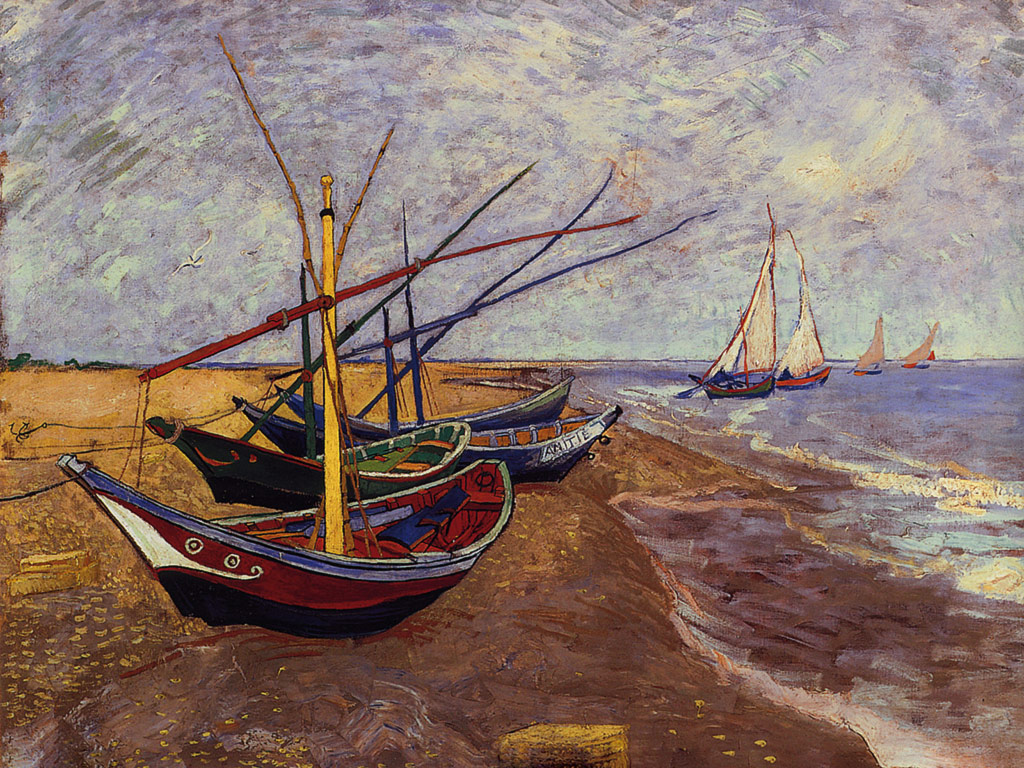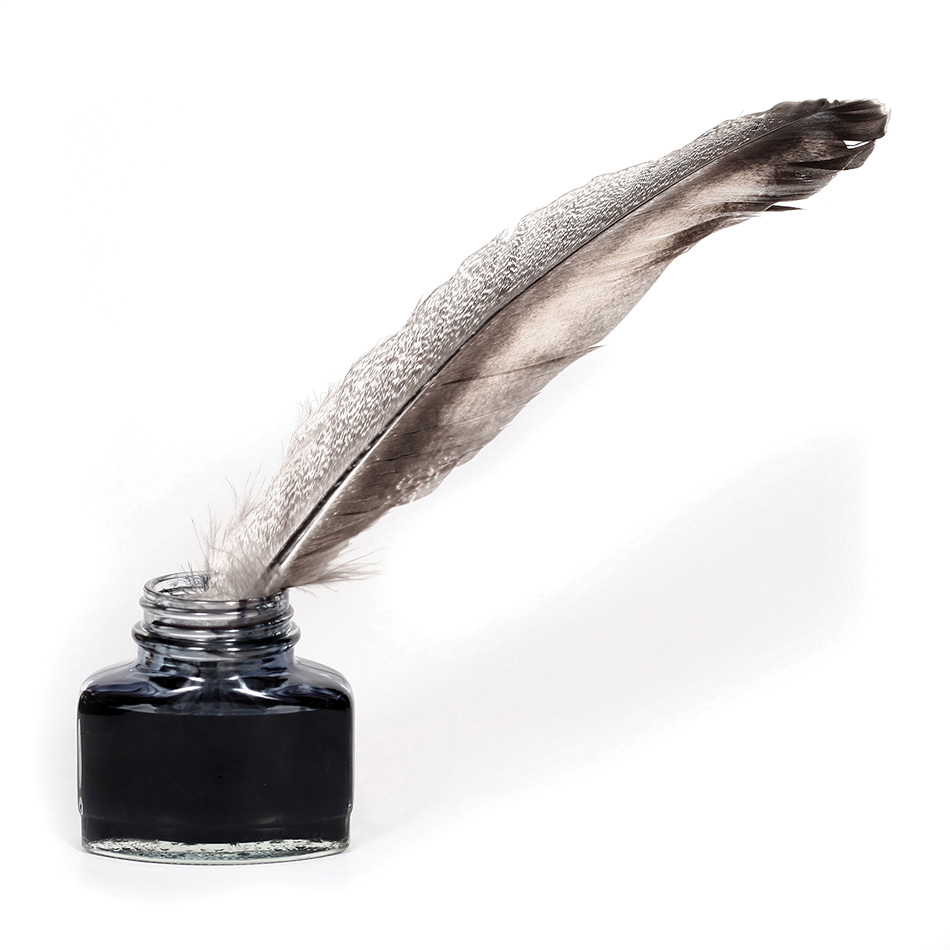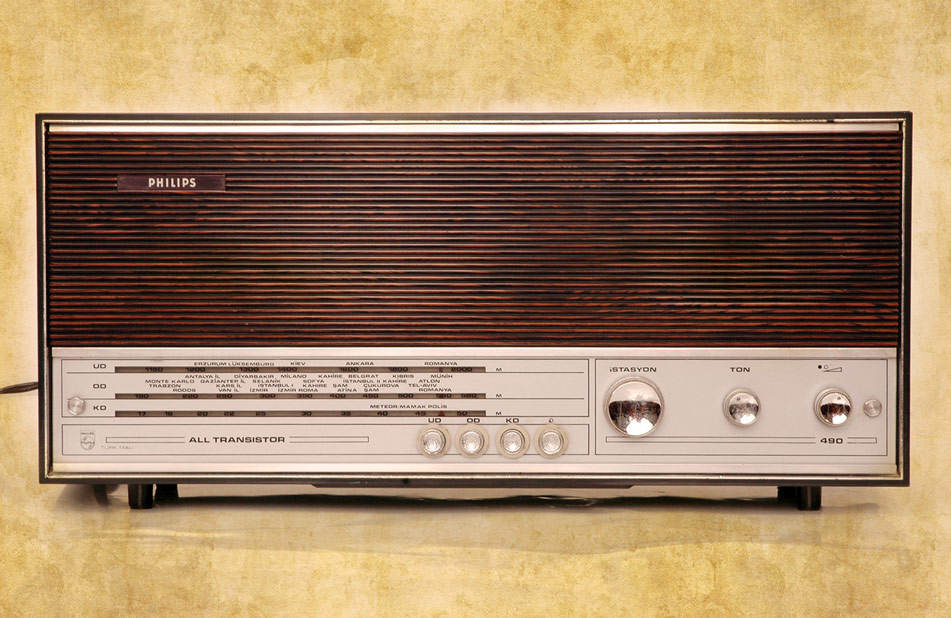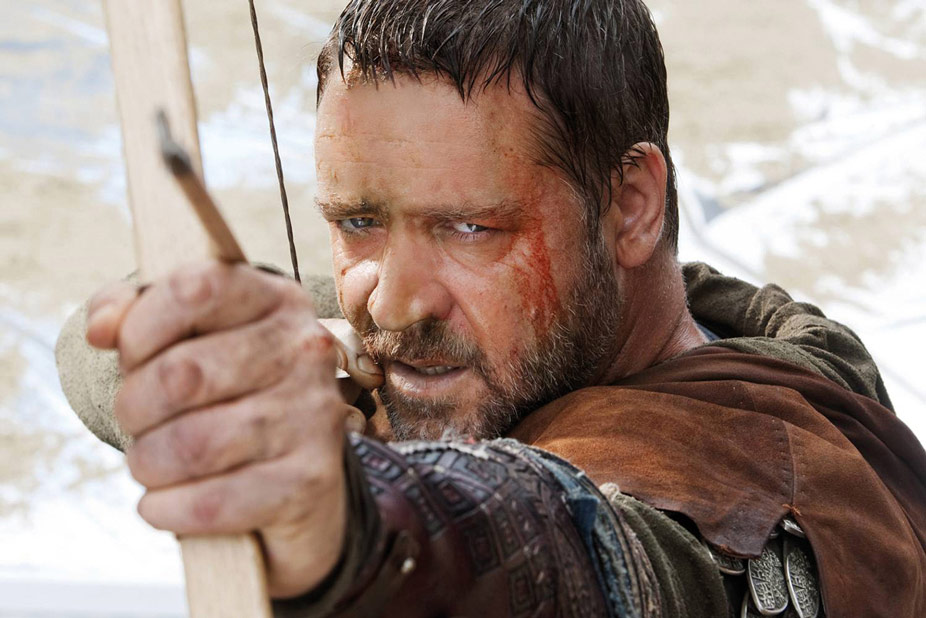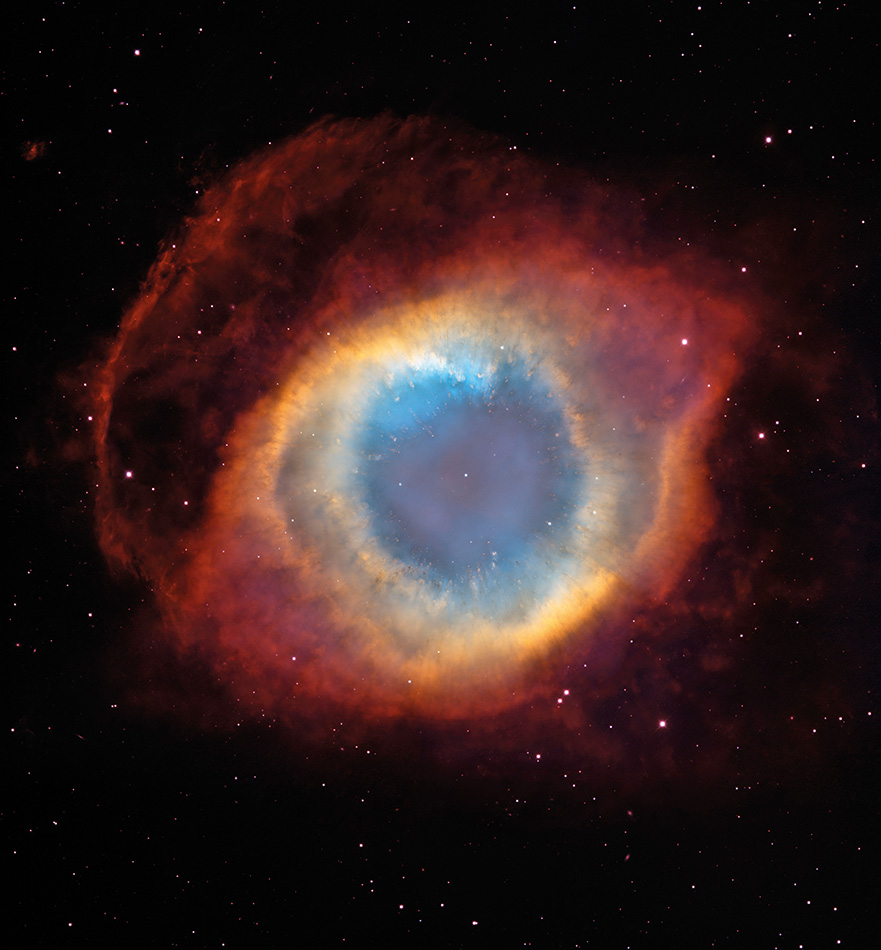Hüzne inanan hayalperest: Vincent Van Gogh
A dreamer who believed in sorrow: Vincent Van Gogh
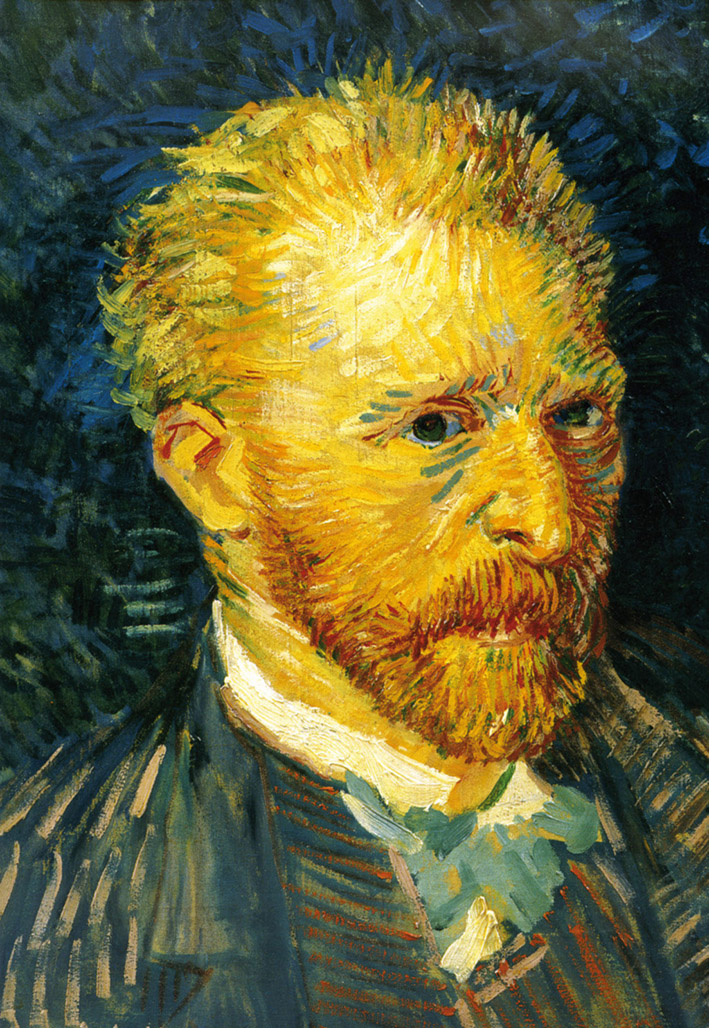
Yaşamı hüzün dolu bir hikayeydi Van Gogh’un. Yaşadığı buhranlar, hastalıkları, ve dünyayı algılama şekli onu ölümsüz kıldı. Bazı resim ve eskizleri, dünyanın en tanınmış ve en pahalı eserleri oldu. Renk kullanımı ve fırça darbeleri tamamen kendine hastı. İnsana ve doğaya olan aşkı kişisel buhranlarından bile öteydi… Kurduğu cümleler ve eserlerine olan yansımaları, gerçeklerden oluşan bir hayalden de fazlaydı…
Van Gogh’s life was a story full of sorrow. The depressions he experienced, diseases and his manner of perceiving the world made him immortal. Some of his paintings and sketches went on to become the most famous and expensive artworks in the world. He had a unique style of using the colors and the brush. His love for people and nature surpassed even his depression… His sentences and the way they reflected in his art were more than a dream made up of realities…
Hazırlayan / Prepared by: Engin Çakır
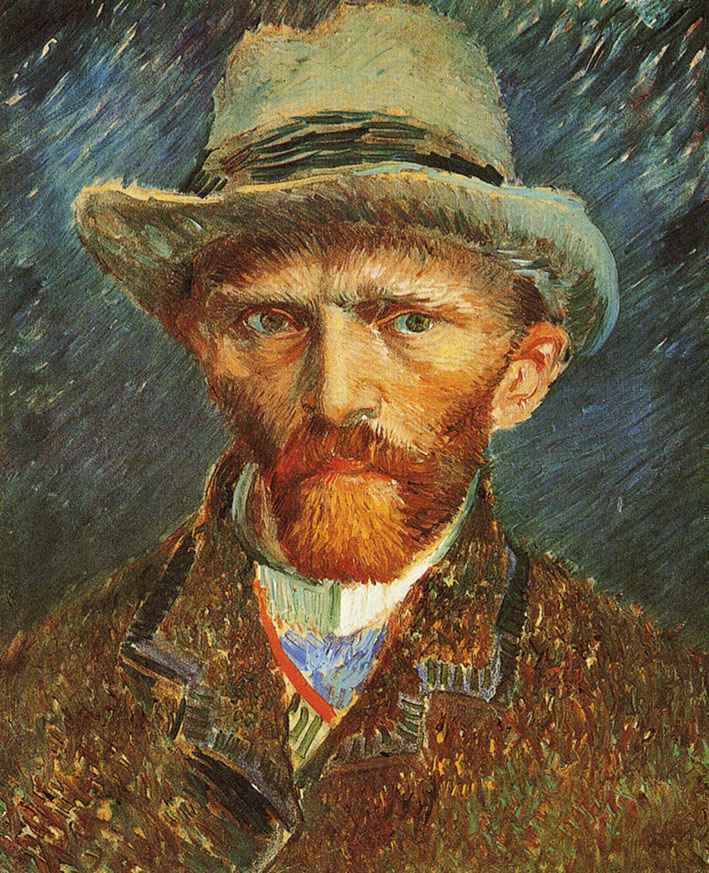
“Acı duymak gülmekten iyidir, zira acı insanın yüreğini ağrıtır. İnsanları diri diri gömercesine kilitleyip çevrelerinde duvarlar örenin ne olduğu bilinmez ama yine de bir takım duvarların, tel örgülerin, demir parmaklıkların varlığı hissedilir. Bütün bunlar bir kuruntu, bir hayal midir? Sanmıyorum. Ve insan kendi kendine sorar; tanrım bu uzun süreli mi, temelli ve herkes için geçerli olan bir ebediyet midir?” gibi uzun ve felsefe alt yapılı bir cümle Van Gogh’un dudaklarının arasından kolayca süzülebiliyordu. Ömrü yaşadığı psikolojik yıkıntılarla geçen bir dehanın bu denli başarılı olması da yine bu yıkımlar sayesinde oldu. Akıl hastanesine yatmayı kabul edecek kadar bilinçliydi, resim yapılmasına boyaları yediği için kimi zaman izin dahi verilmedi. Ama eserleri nedeniyle hep bir dahi olarak anıldı.
“Pain is better than smiling, since pain makes one’s heart ache. It is not possible to know what locks a person and puts up walls around him as if burying him alive, but the presence of walls, wire fences and iron bars is always felt. Are these just illusions or dreams? I don’t think so. And one asks himself; God, is this a long term, permanent and everlasting eternity for all?” Such long and philosophical sentences could easily flow through Van Gogh’s lips. Such wrecking experiences were what made this genius who spent a lifetime in psychological distress so successful. He was conscious enough to accept being hospitalized in a mental asylum and sometimes he wasn’t even allowed to paint because he ate the dyes. But he was always considered a genius for his paintings.
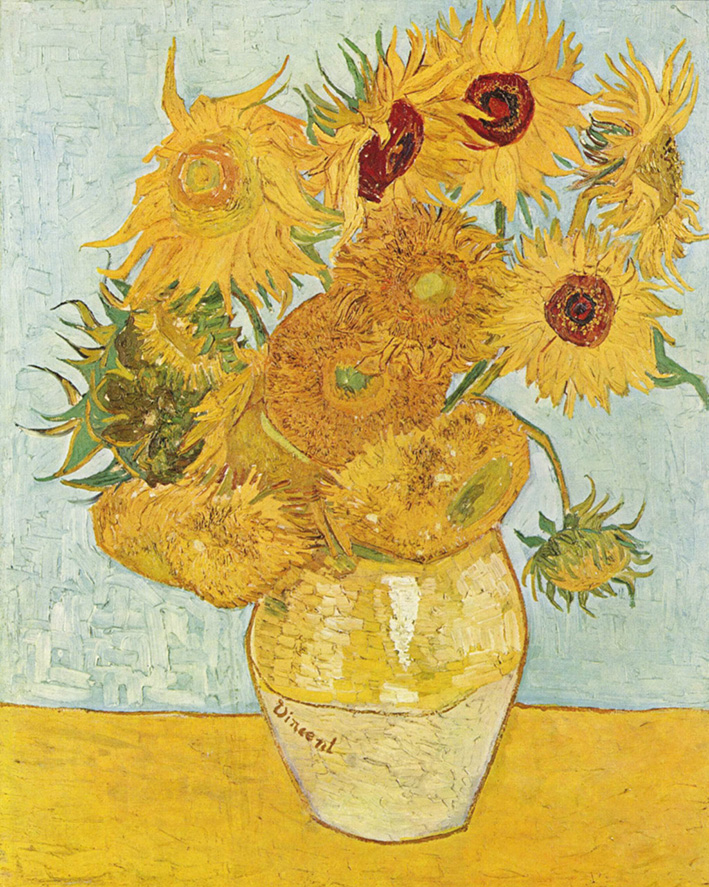
Hikâyesi 30 Mart 1853 yılında Hollanda’nın Groot-Zundert isimli köyünde başladı. Daha küçükken bile ciddi, sessiz ve düşünceliydi. Yatılı okuluna gönderilmesiyle evinden ilk kez ayrı kaldı. Bu ayrılığın yarattığı derin sıkıntı geleceğine yön verdi. Daha sonra koleje geçen Van Gogh burada resim öğretmeni Constantijn C. Huysmans sayesinde resim ile tanıştı. Okulu yarıda bıraktı, eve döndü ve özetledi; “Gençliğim kasvetli, soğuk ve sıkıcıydı…” Gençliğini bir sanat simsarlığı firmasında çalışarak geçiyordu, kısa süren bir öğretmenlik deneyiminden sonra da Belçika’da fakir bir madenci kasabasında misyoner olmuştu. 1880’den sonra resmetmeye ağırlık verdi. Başta koyu ve kasvetli renklerle çalışıyordu. Paris’te izlenimcilik ile tanıştı ve canlı renklere geçti. Güney Fransa’yı kendine özgü resim tarzı ile yaşıyordu. Ömrü boyunca bu tarzı korudu. Yaklaşık 900 suluboya/yağlıboya resim ve 1100 karakalem çalışma üretti. En meşhur eserlerini ise ömrünün son iki yılında yaptı. Hayatı kendi içerisinde yaşadığı buhranlarla geçirdi ve en nihayetinde 1888’de ressam Paul Gauguin ile arkadaşlığının bozulması üzerine sol kulağının bir kısmını kesti, yetmedi giderek kötüleşen ruhsal hastalığı sonucunda kendini göğsünden vurarak intihar etti. Ama resme kazandırdıkları 20. yüzyıl sanatını ciddi şekilde etkiledi. Fovistlerin ilham kaynaklarından biri oldu ve etkilendiği ekspresyonizm akımının öncülerinden kabul edildi.
His story started on the 30th of March, 1853 in the Dutch village of Groot-Zundert. He was serious, silent and pensive even as a kid. He left his home for the first time when he was sent to a boarding school. The deep distress caused by this separation shaped his future. Van Gogh went on to a college afterwards where he started painting thanks to his art teacher Constantijn C. Huysmans. He dropped out of school, went back home and said in short; “My youth was bleak, cold and boring…” He spent his youth working at an art broker and following a brief experience as a teacher became a missionary at a poor mining town in Belgium. He focused on painting after 1880. At first, he worked with dark and gloomy colors. He came across impressionism in Paris and started working with livelier colors. He was living Southern France with his unique painting style. He preserved this style throughout his life. He made about 900 watercolor/oil paintings and 1100 charcoal drawings. He completed his most famous works during the last two years of his life. He spent a life full of personal crises and finally cut a part of his left ear following a stitch in his friendship with the painter Paul Gauguin in 1888 and as if this wasn’t enough shot himself in the chest thus committing suicide after a continuously worsening mental breakdown. But his contributions to painting made a significant impact on 20th century art. He became an inspiration for fauvists and was considered among the pioneers of expressionism which had made a significant impact on him.
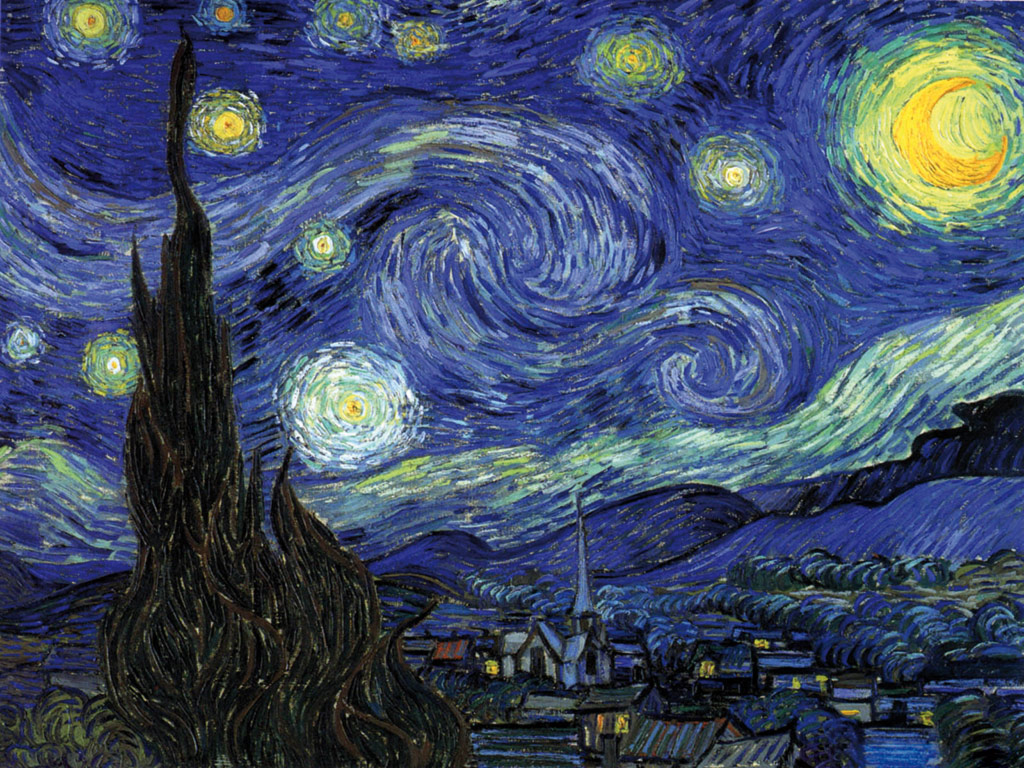
Ev sahibinin kızı Eugénie Loyer’den hoşlandı fakat ona açıldığında reddedildi. İngiltere’de kaldığı süre boyunca giderek içine kapandı ve dindarlaştı. Misyonerlik amacıyla Belçika’da fakir bir madenci bölgesi olan Borinage’a yerleştiğinde madencilerin kötü yaşam koşullarından etkilenen Van Gogh, onlarla daha iyi iletişim kurabilmek için özellikle kötü koşullarda yaşadı, yemek ve kıyafetlerinin çoğunu işçilere verdi, yatak yerine saman üzerinde uyumaya başladı. “Rahiplik mesleğinin saygınlığını zedelediği” için kilise tarafından işine son verildi. Kısaca ne yaptıysa işler yolunda gitmedi. Resimde kariyer yapmaya karar vermesi de bu sebeptendi. Brüksel’e gitti. Brüksel Güzel Sanatlar Okulu’na başvurduysa da sonradan fikrini değiştirerek Etten’e, ailesinin yanına döndü.
He had a crush on Eugénie Loyer, the daughter of his landlord but was rejected when he opened up. He gradually became more introverted and pious during the time he spent in England. Deeply affected from the poor living conditions of the miners in the poor mining region of Borinage in Belgium where he spent some time as a missionary, Van Gogh deliberately lived in poor conditions for establishing contact with them, gave them most of his food and clothing ending up living in squalid conditions sleeping on straw. He was dismissed from the church for “undermining the dignity of priesthood”. In short, nothing worked for him. That was why he decided to pursue a career in painting. He went to Burssels. Even though he applied to the Brussels School of Fine Arts, he then changed his mind returning to live with his family in Etten.
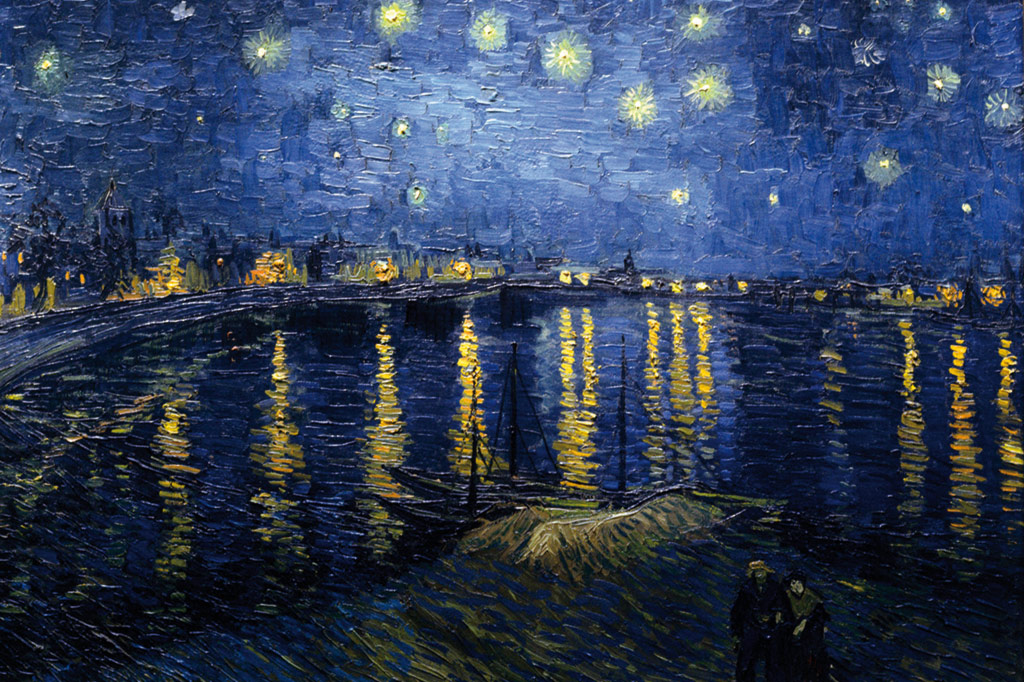
Etten’de resim sanatı üzerine kitaplar okuyan ve sık sık resim yapan Van Gogh, bir taraftan da kendisinden yedi yaş büyük olan dul kuzeni Kee Vos-Stricker’den hoşlanmaya başladı. Kee’ye evlenme teklif etti fakat teklifi “hayır, asla, asla” (niet, nooit, nimmer) sözleriyle reddedildi. Bunun üzerine aşkını saplantıya dönüştüren Van Gogh, Kee kendisini görmeyi reddedince Kee’nin babası (ve kendi eniştesi) Johannes Stricker’le defalarca kez görüşüp Kee’yi istedi ama başaramadı. Kee’den de umudunu kesen Van Gogh, bir kez daha aile evinden ayrılıp Lahey’e yerleşti. Burada alkolik bir fahişe ve beş çocuğu ile birlikte yaşamaya başladı. Van Gogh’un bu kadın ile ilişkisi ailesini rahatsız ediyordu ve aile Van Gogh’a kadını bırakması yönünde baskı yapmaya başladı. Van Gogh önceleri bu baskıya direndiyse de, Sien ismindeki bu kadın ve çocuklarından ve Lahey’den ayrıldı. Van Gogh, Sien ile beraber yaşadığı on dokuz ay boyunca, kadının ve çocuklarının düzinelerce resmini çizmişti.
Van Gogh read books on painting in Etten continuing to paint frequently when he also took a liking to Kee Vos-Stricker, his seven years older widowed cousin. He proposed to Kee but was rejected with the words, “no, nay, never” (niet, nooit, nimmer). Making his love an obsession, Van Gogh met several times with Kee’s father (and his uncle) Johannes Stricker asking for Kee’s hand in marriage but to no avail. Giving up hope on Kee, Van Gogh left his family home once again for the Hague. There he started living with an alcoholic prostitute and her five kids. Van Gogh’s relationship with this woman placed his family in distress and they started forcing Van Gogh to abandon this woman. Van Gogh at first defied them but soon left the Hague abandoning the woman named Sien and her children. Throughout the nineteen months that Van Gogh lived with Sien, he painted the woman and her children dozens of times.
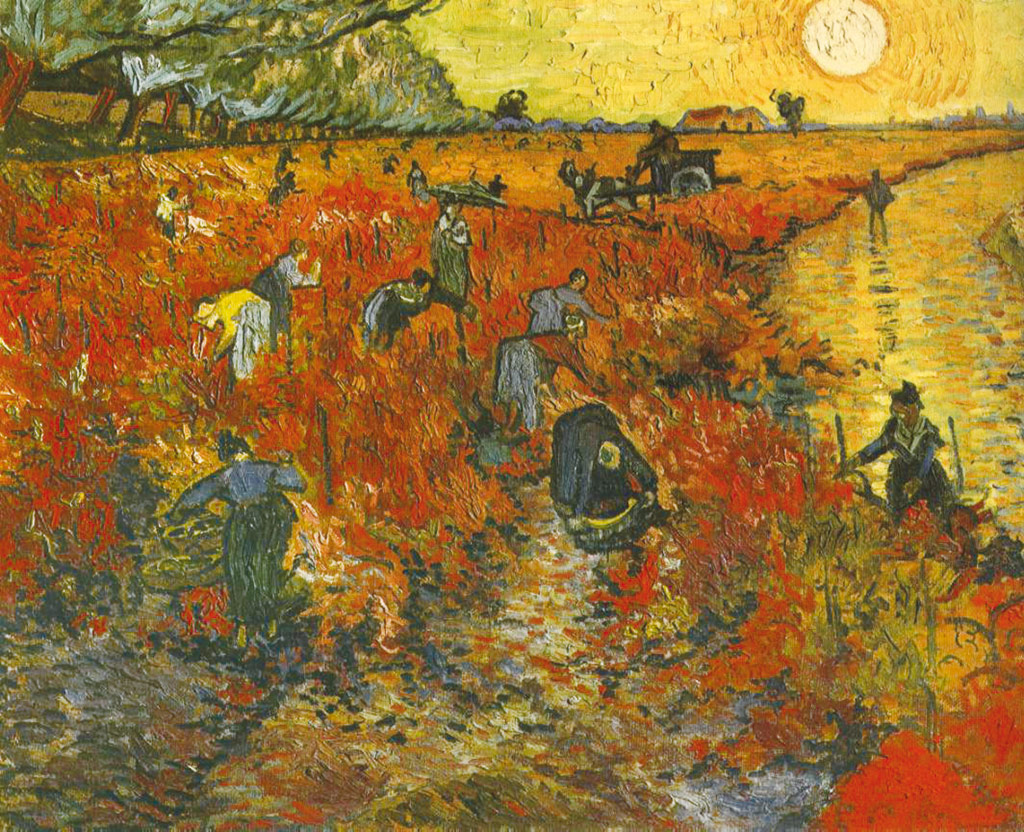
Van Gogh Nuenen’e ailesinin yanına geçti ve kendini resme verdi. Komşularını, tarlada çalışan işçileri, kulübelerinde kıyafet dokuyan dokumacıları çiziyordu. Margot Begemann adlı bir komşu kızıyla ilişki yaşamaya başladı fakat evlenmelerine iki tarafın da ailesi karşı çıktı. Buhranlar Van Gogh’un peşini bırakmıyordu. Babası bir inme sonucu hayatını kaybedince Van Gogh derin bir yasa daha girdi. Aynı sıralarda Paris’te Van Gogh’un resimleri ilgi çekmeye başlıyordu. Van Gogh, bugün ilk önemli eseri kabul edilen Patates Yiyenler’i (De Aardappeleters) bitirdi. Resimleri Lahey’deki bir galeride ilk kez sergilendi. Model olarak kullandığı kızlardan birini hamile bırakmakla suçlanınca, kasabanın Katolik rahibi, kasabalıların Van Gogh’a modellik yapmalarını yasakladı. Nuenen’de geçirdiği iki sene boyunca Van Gogh, pek çok karakalem ve suluboya çalışmanın yanı sıra, 200 kadar yağlıboya resim üretti.
Van Gogh went to Nuenen to live with his parents and devoted himself to painting. He made sketches and paintings of his neighbors, farmers and weavers. He started a relationship with Margot Begemann, a neighbor’s daughter, but neither side of their families was in favor of their marriage. Depression did not let go of Van Gogh. Following the death of his father due to a stroke, Van Gogh again found himself amidst a long period of despair and mourning. In the meantime, Van Gogh’s paintings had started to draw attention in Paris. Van Gogh completed the Potato Eaters (De Aardappeleters), considered today as his first major work. His work was publicly exhibited for the first time at a gallery in the Hague. After one of his young peasant sitters became pregnant, he was accused of forcing himself upon her and the Catholic priest of the village forbade the parishioners to model for Van Gogh. Throughout the two years he spent at Nuenen, Van Gogh completed many charcoal and watercolor works in addition to about 200 oil paintings.

Anvers’e taşınıp bir resim galerisinin üst katında yaşamaya başladı. Tüm parasını resim malzemelerine ve modellere harcayıp kendi sağlığını ihmal etmeye başladı. Günlerinin çoğunu ekmek, kahve ve sigarayla geçiriyor, bir taraftan da çok fazla absent içiyordu. Van Gogh, Anvers’de geçirdiği dönemde pek çok müze gezip Peter Paul Rubens gibi eski ustaların resimlerini incelemiş, bu resimlerden etkilenerek paletini genişletmişti. Aynı dönemde, ukiyo-e adıyla bilinen Japon gravürlerine ilgi duymaya başlamış ve bu tarzı kendi resimlerinde de kullanmıştı.
He moved to Antwerp and rented a room above a paint dealer’s shop. He started spending all his money on painting materials and models neglecting his own health. He spent most of his days on bread, coffee and cigarettes drinking way too much absinth. In Antwerp, Van Gogh spent time in museums studying the work of old masters and especially Peter Paul Rubens thus broadening his palette. He was drawn to Japanese ukiyo-e woodcuts and later incorporated their style in some of his paintings.
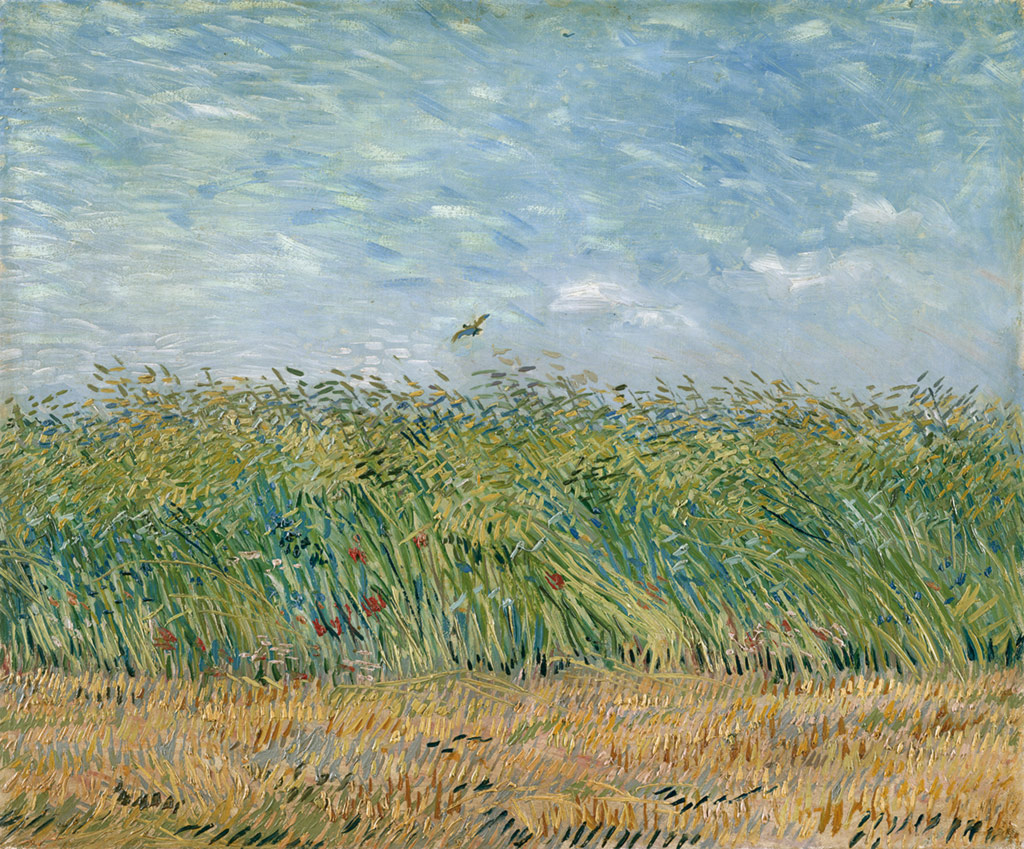
Van Gogh daha sonra Paris’e geçti ve bir süre ressam Fernand Cormon’un atölyesinde çalıştı. Paris’te hâkim sanat akımları, izlenimcilik ve henüz yeni filizlenmekte olan yeni izlenimcilik idi. Puantilist (noktacı) stilin ustaları Georges Seurat ve Paul Signac, şehrin en ünlü ressamlarıydı. Signac ile bizzat tanışan Van Gogh, noktacı stili denemeye başladı. Ressam Paul Gauguin ile tanıştı ve iki ressam bazı eserlerini değiş tokuş ettiler. Şehir hayatından ve Paris’in soğuk kışlarından bunalan Van Gogh, güneşli Güney Fransa kıyılarına doğru yola koyuldu. Paris’te geçirdiği iki yıl boyunca, yaklaşık 200 resim çizmişti. Manzara resimleri çizdi, bu resimlerinden üçü Paris Bağımsız Ressamlar Topluluğu’nun o yılki sergisinde sergilendi. Daha sonra ise Ayçiçekleri ismiyle bilinen bir dizi vazolu ayçiçeği ve meşhur Teras Kafe isimli eserlerini bitirdi.
Van Gogh moved to Paris sometime later and studied at painter Fernand Cormon’s studio. Impressionism and the blooming neo-impressionism were the dominant art movements in Paris. Pointilist masters Georges Seurat and Paul Signac were the most famous painters of the city. Meeting Signac in person, Van Gogh adopted elements of pointillism. He befriended painter Paul Gauguin and the two painters exchanging various works of art. Feeling worn out from city life and the harsh winters of Paris, Van Gogh set off for the sunny coastline of Southern France. He had completed about 200 paintings during his two years there. He painted landscapes three of which were shown at the annual exhibition of Société des Artistes Indépendants. He then completed the Sunflowers and the famous Café Terrace at Night.
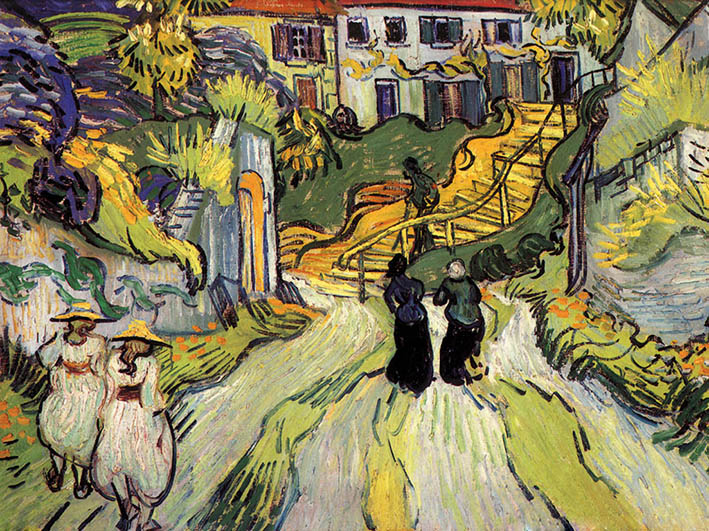
Gauguin ile beraber resim gezilerine çıktı ve aynı evi paylaştı. Değişik resim teknikleri ve anlayışları üzerine uzun tartışmalar yaptılar. İki ressamın da dengesiz duygusal yapısı sayesinde, resim tartışmaları giderek kızışmaya başladı, bozulan havalar ve dar alanda beraber yaşamak ise durumu daha kötü hale getirdi. Ruhsal sağlığı bozulmaya başlayan Van Gogh, Gauguin’in kendisini terk edeceğinden korkmaya başladı ve bir gün kendi sol kulağının alt kısmını kesip kopardı. Kopardığı parçayı bir bez parçasına sarıp yerel bir genelevde çalışan Rachel adlı bir fahişeye verdi. Geneleve çağrılan polisler, baygın halde buldukları Van Gogh’u hastaneye kaldırdılar. Olayı ertesi sabah öğrenen Gauguin, bir daha Van Gogh’la görüşmedi. Van Gogh ise kan kaybı ve ruhsal bunalım sebebiyle birkaç hafta hastanede kaldı. Hastaneden çıkan Van Gogh, halüsinasyonlar ve zehirlenme paranoyası sebebiyle, hastaneye geri döndü. On gün sonra hastaneden bırakılsa da, başında polis zoruyla tekrar hastaneye kapatıldı. Arkadaşı Paul Signac’ın gözetiminde evine dönmesine izin verildi. Kasabada istenmediğinin farkında olan Van Gogh, Theo’nun tavsiyesi üzerine, Arles’a 30 km uzaklıkta bulunan Saint-Rémy kasabasındaki Saint-Paul-de-Mausole akıl hastanesine geçmeyi kabul etti ve Arles’dan ayrıldı.
He made joint outdoor ventures for painting with Gauguin and shared the same house. They made long debates on various painting styles and perspectives. These debates went out of control due to the erratic emotional lives of these two painters and rapidly headed towards crisis point due to the deteriorating weather and the experience of living together in a confined space. Fearing that Gauguin was going to desert him, Van Gogh severed his left ear. Wrapping the severed ear he delivered it to a woman by the name of Rachel working at a brothel. Van Gogh was found unconscious by the policemen called to the brothel and was taken to the hospital. Learning about the incident the next morning, Gauguin did not meet with Van Gogh again. Van Gogh spent several weeks in the hospital due to loss of blood and mental breakdown. Van Gogh was discharged but returned soon after suffering from hallucinations and delusions of poisoning. Even though he was discharged ten days later, Van Gogh was forced back into the hospital by the police. He was allowed to return home in the supervision of his friend Paul Signac. Realizing that he was not welcome at the town, he voluntarily entered the Saint-Paul-de-Mausole asylum in Saint-Rémy 30 kms. from Arles upon the suggestion of Theo.
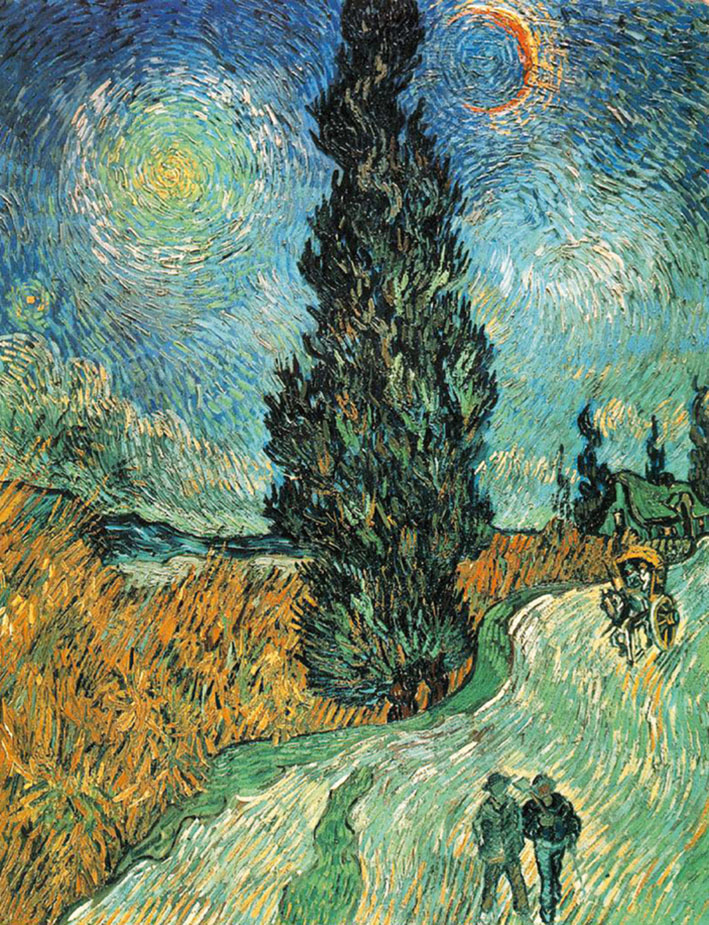
Van Gogh, Saint-Rémy’de Dr. Théophile Peyron’un gözetiminde resim yapmaya devam etti. En bilinen eserlerinden biri olan Yıldızlı Gece’yi yaptı. Tekrar bir nöbet geçirip boyalarını yemeye kalkışınca bir süre resim yapmasına izin verilmediyse de, durumu düzelince resim yapmaya devam etti. Zamanının çoğunu odasında geçiriyor, dışarıya ancak doktor gözetiminde kısa yürüyüşler için çıkabiliyordu. Bu yüzden resim konusu bulmakta zorlanınca, Jean-François Millet gibi başka ressamların veya kendisinin daha önceki eserlerinin yeni yorumlarını çizmeye başladı. Daha sonra bir dizi yeni nöbet geçiren Van Gogh, aynı sıralarda Paris’te ünlenmeye başladı. Mercure de France dergisinde çıkan bir yazıda, Van Gogh’dan “dahi” diye bahsediliyordu.
Van Gogh continued painting at Saint-Rémy under the supervision of Dr. Théophile Peyron. He completed the Starry Night, one of his best known works. He went into a relapse and was not allowed to paint for a while after trying to eat his paints, but continued to drawing after recovering. He spent most of his time in his room but could go out for short walks accompanied by his doctor. Limited access to life outside the clinic resulted in a shortage of subject matter and he worked on interpretations of other artist’s paintings, such as Jean-François Millet as well as variations of his earlier work. Suffering from a series of new strokes, Van Gogh was becoming famous in Paris. He was hailed as a “genius” in an article in Mercure de France.
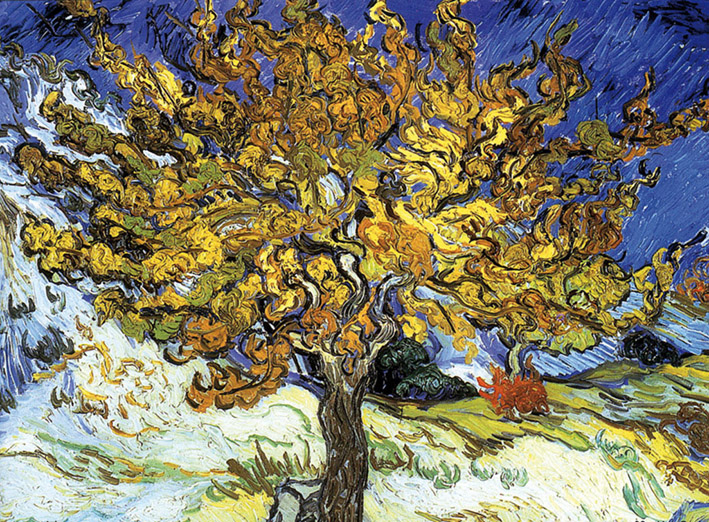
Van Gogh Saint-Rémy’den ayrılıp Paris yakınlarındaki Auvers-sur-Oise’a geldi. Burada, daha önce ruhsal problemli ressamlarla ilgilenmiş olan Dr. Paul Gachet’nin gözetiminde kalacak, kardeşi Theo’ya da yakın olacaktı. Van Gogh’un Dr. Gachet hakkındaki ilk yorumu “bence benden daha hasta, ya da tam benim kadar hasta diyelim” oldu. Fakat sonradan doktorla iyi geçinmeye başlayan Van Gogh, doktorun üç ayrı portresini çizdi. Auvers-sur-Oise’da kaldığı süre boyunca kendini tamamen resme veren Van Gogh, burada geçirdiği 70 günde yaklaşık 70 yağlıboya resim üretti. Annesi ve kız kardeşine yazdığı son mektupta, kafasının geçen yıla göre çok daha sakin ve huzurlu olduğunu yazdı. Fakat daha sonra resim malzemelerini alıp bir tarlaya yürüyen Van Gogh, kendisini tabancayla göğsünden vurdu. Sendeleyerek kaldığı otele döndü ve yatağına uzandı. Kanamayı fark eden otel sahibi, kasaba doktoru Mazery’yi ve Van Gogh’un doktoru Gachet’yi çağırdı. Doktorlar, mermiyi çıkarmanın çok riskli olacağına kanaat getirip Theo’ya hemen gelmesi için haber yolladılar. Vincent Van Gogh, 29 Temmuz 1890 sabahı, kardeşi Theo’nun kollarında öldü, ve Auvers-sur-Oise’a gömüldü.
Van Gogh left Saint-Rémy for Auvers-sur-Oise near Paris. There, he would live under the supervision of Dr. Paul Gachet who had treated several artists before and also be close to his brother Theo. Van Gogh’s first impression was that Gachet was “iller than I am, it seemed to me, or let’s say just as much.” But he later started to get along well with the doctor and made three different portraits of the doctor. Devoting himself fully to painting during his time at Auvers-sur-Oise, Van Gogh painted 70 oil paintings during a period of about 70 days. In his last letter to his mother and sister, he wrote that he was much calmer and peaceful than the previous year. However, Van Gogh shot himself in the chest at a nearby field. He was able to walk back to his hotel and lay down. Realizing the bleeding, the hotel owner called the town doctor Mazery and Van Gogh’s doctor Gachet. Deciding that it would be too risky to take out the bullet, the doctors sent news to Theo. Vincent Van Gogh passed away in the early hours of July 29, 1890 in his brother Theo’s arms and was buried at Auvers-sur-Oise.
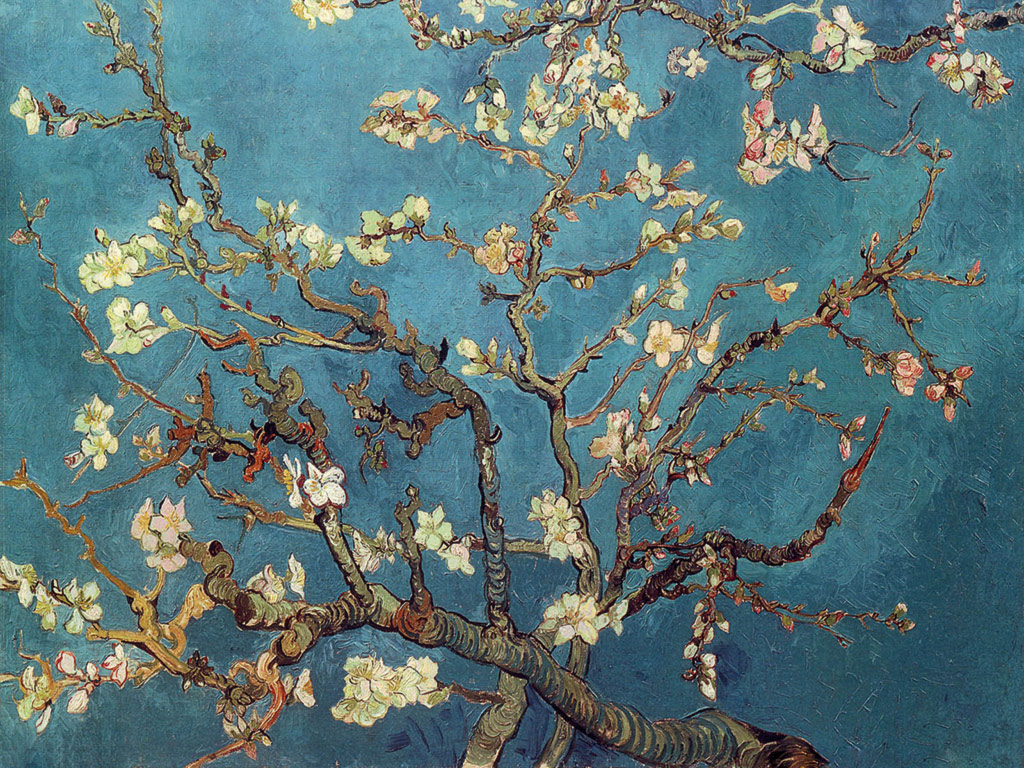
Van Gogh’u özellikle hayatının son iki yılında ciddi şekilde etkilemiş olan akıl hastalığı için bugüne kadar 30’dan fazla teşhis veya olası sebep ileri sürüldü ama en önemli eserleri de bu dönemde geldi. Şizofreni, manik depresyon, frengi, boya zehirlenmesi (soluma veya yutma yoluyla), Ménière hastalığı ve güneş çarpması gibi teşhisler konuldu. Kötü beslenme, aşırı çalışma, uykusuzluk ve alkol düşkünlüğü ise hastalılığının etkilerini arttırdı. Son dönem eserlerinde açıkça görülen sarı renk düşkünlüğü için, Van Gogh’un bolca içtiği absentte bulunan tuyon maddesinin neden olduğu söylendi. Bu madde Van Gogh’un görüşünü bozarak nesneleri sarımtırak renkte görmesine sebep olmuş, bu da ressamın eserlerine yansımıştı. Bir başka teoriye göre ise Van Gogh’a hastalığının tedavisi için yüksek dozlarda yüksük otu verilmişti ve yüksük otunun sarımtırak görüşe veya sarı lekeler görmeye sebep olmuştu. Fakat Van Gogh’un yaptıkları gerçekti, kendisi hayal… Eserlerini izleyenler ona hep hayran kaldılar.
Over thirty diagnoses and possible causes have been proposed regarding the mental disease that had a significant impact on Van Gogh especially during the last two years of his life but this was the period when he completed his most important works. The diagnoses were as varied as schizophrenia, manic depression, syphilis, paint poisoning (due to inhalation or swallowing), Ménière disease and sun stroke. His condition was likely worsened by malnutrition, overwork, insomnia and alcohol. It was rumored that his fixation in the color yellow observed clearly in his final works was caused by thuyone, a substance found in absinthe that Van Gogh consumed a lot. Supposedly, this substance disrupted the eyesight of Van Gogh making him see objects in yellowish colors which reflected in his works. According to another theory, Van Gogh was given substantial amounts of foxglove which caused a yellowish eyesight or seeing yellow spots. However, what Van Gogh painted was real but he himself was a dream… Those who viewed his works were all left in awe.
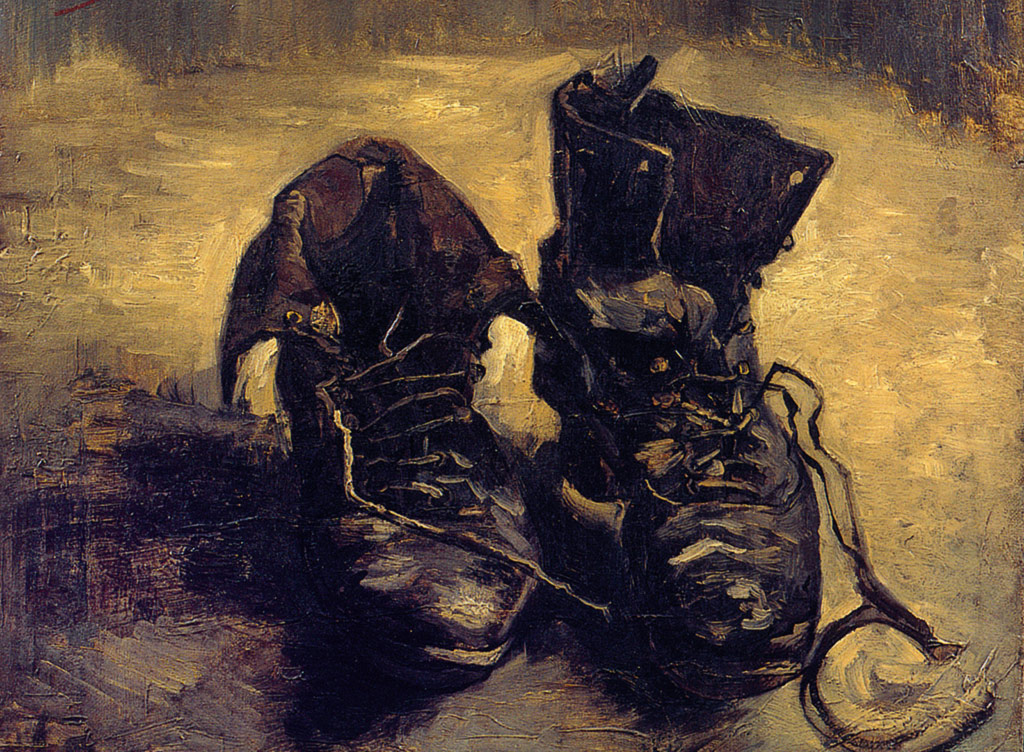
Öldüğü yatağının üstünde yatarken
“Vicdan, insanın pusulasıdır. Mutluluk… Başarmanın keyfinden, yaratıcı çabanın heyecanından türetiyor. Seçimden değil, kaderden dolayı maceracıyım. Resmimi hayal ediyorum ve sonra hayalimi boyuyorum. İnsanları sevmekten daha sanatsal bir şey olmadığını düşünüyorum. Gecenin çoğunlukla, günden daha canlı ve daha zengince renklendirilmiş olduğunu düşünüyorum. Eserlerime yüreğimi ve ruhumu harcıyorum ve bunu yapınca aklımı kaybettim. Keşke onlar beni olduğum gibi kabul etseler. Ne yazık ki, birisi tecrübe kazandıkça, gençliğini kaybediyor. Aşk zorluklar getirir, o doğru; fakat onun iyi tarafı, enerji verdiğidir. Eğer birisi gerçekten yaşamak isterse çalışmak ve cesaret etmesi gerek. Resimler, ressamların ruhlarından türetilen kendi hayatlarına sahiptir. Bir tek resim boyadığım zaman kendimi canlı hissediyorum. Sarısız ve turuncusuz mavi yoktur. Eğer herhangi bir şeyi denemek için cesaretimiz olmasa hayatımız ne olur? Dine çok büyük ihtiyacım olduğu zaman, dışarıya çıkıp yıldızları boyarım. Mutsuzluğum sonsuza kadar sürer.”
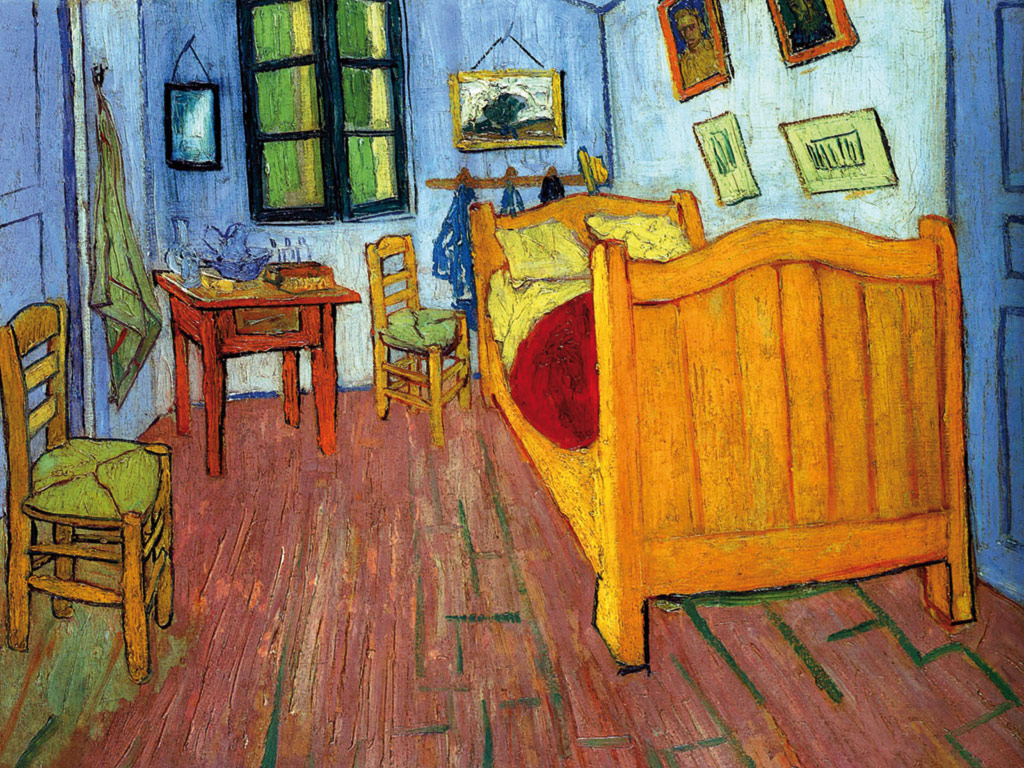
Lying on his deathbed
“Conscience is the compass of man. Happiness… Stems from the joy of success, excitement of the creative effort. I am not an adventurer by choice but by fate. I dream my painting and I paint my dream. I feel that there is nothing more truly artistic than to love people. I often think that night is more alive and more richly colored than the day. I put my heart and my soul into my work, and have lost my mind in the process. I wish they would only take me as I am. Love always brings difficulties, that is true; but the good side of it is that it gives energy. If one wants to live truly, one needs to work and have courage. Paintings have a life of their own that derives from the painter’s soul. I feel alive only when I paint. There is no blue without yellow and without orange. What would life be if we had no courage to attempt anything? When I have a terrible need of – shall I say the word – religion. Then I go out and paint the stars. The sadness will last forever.”
